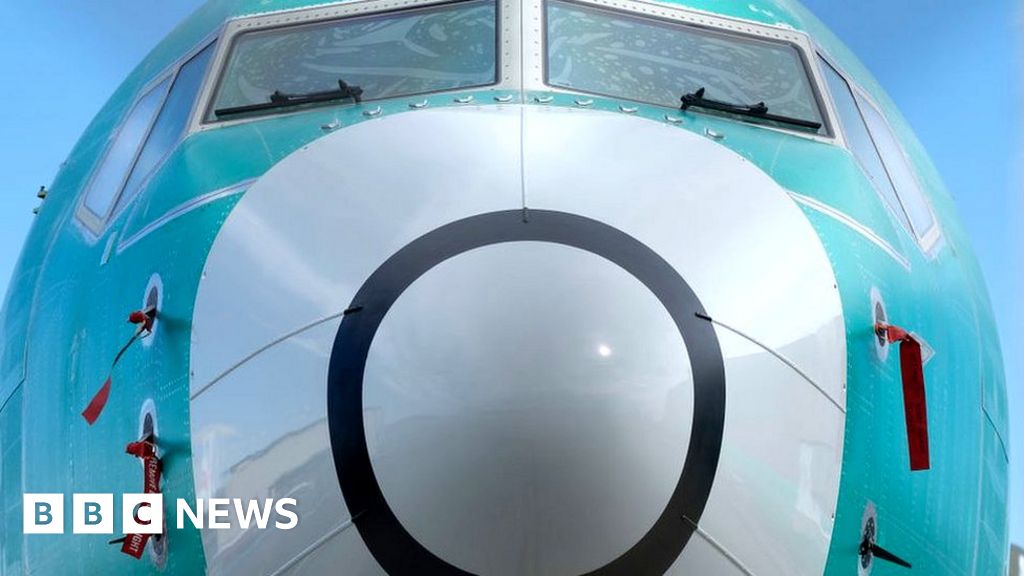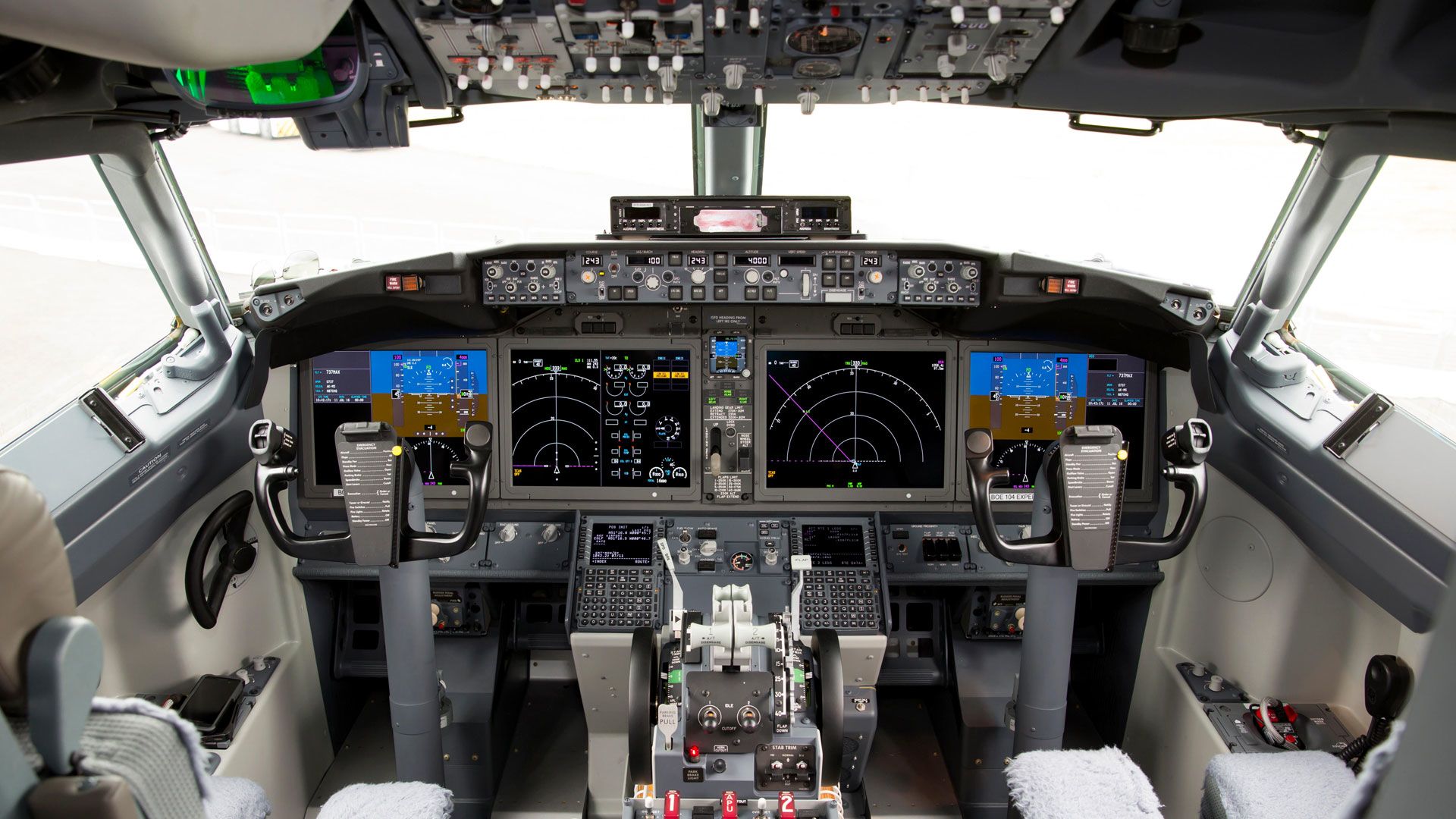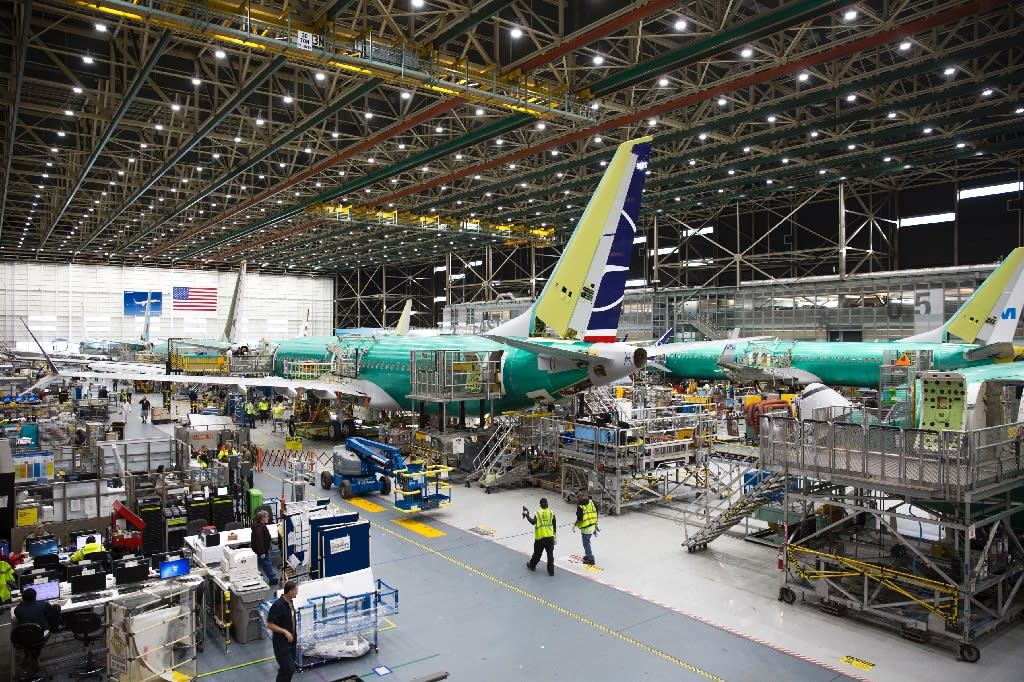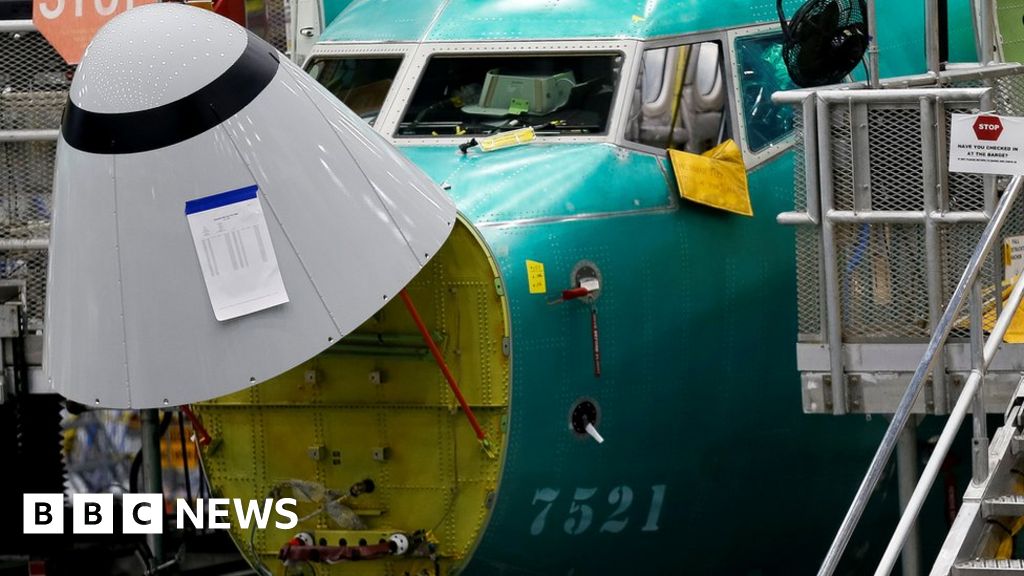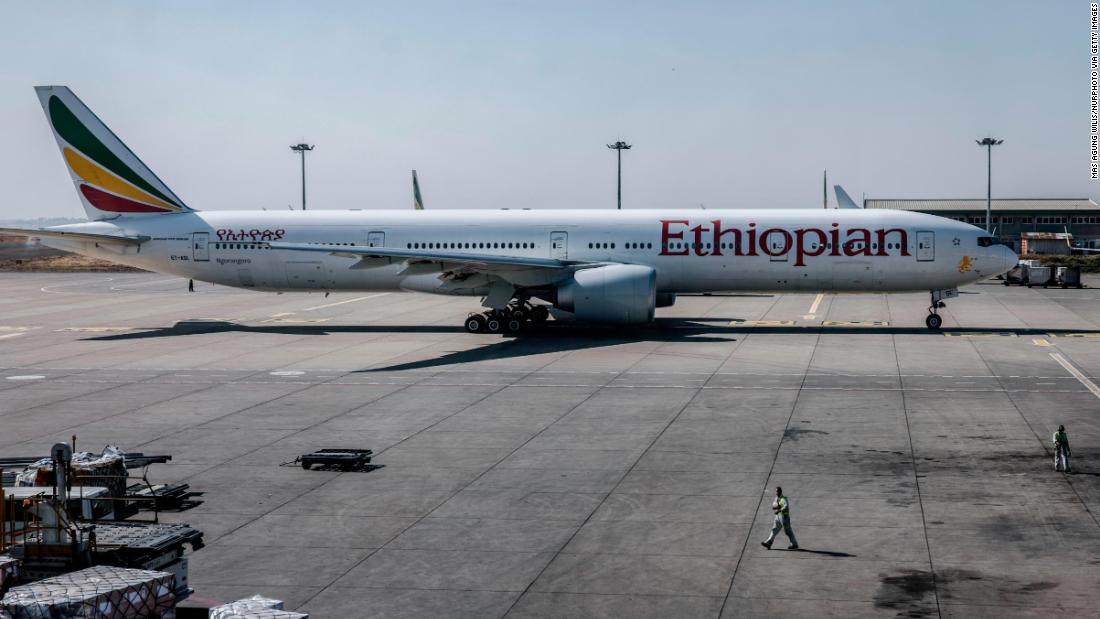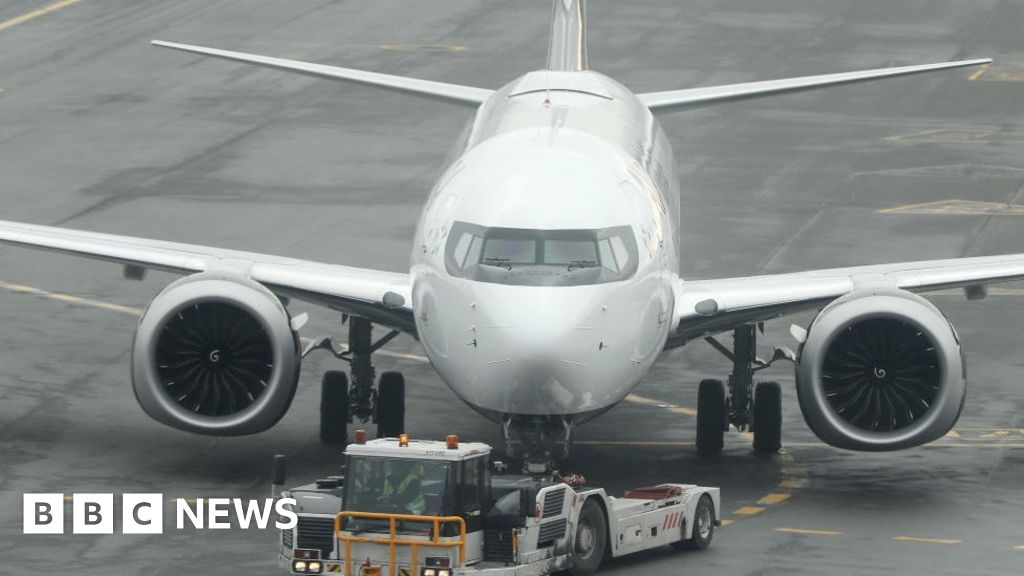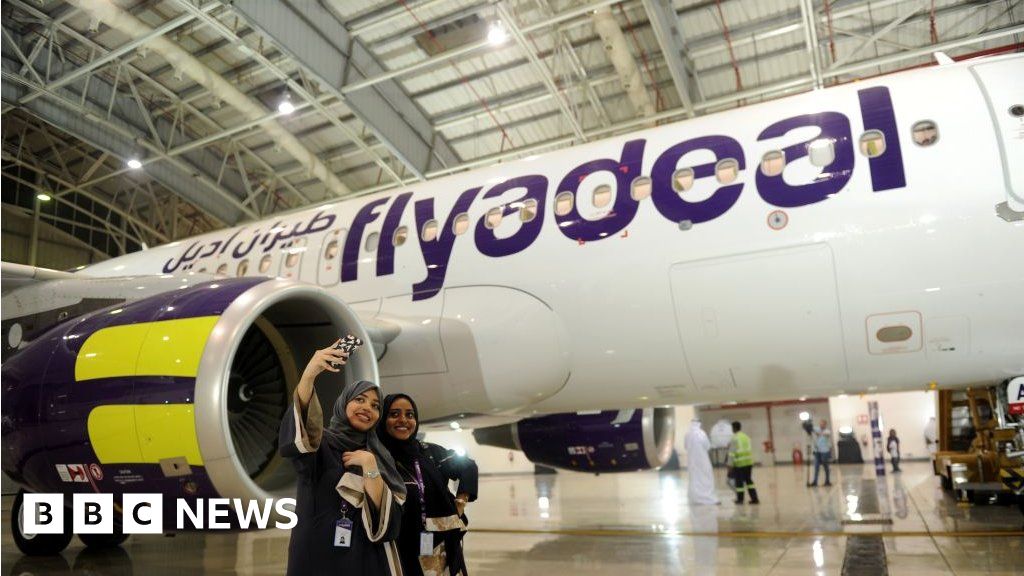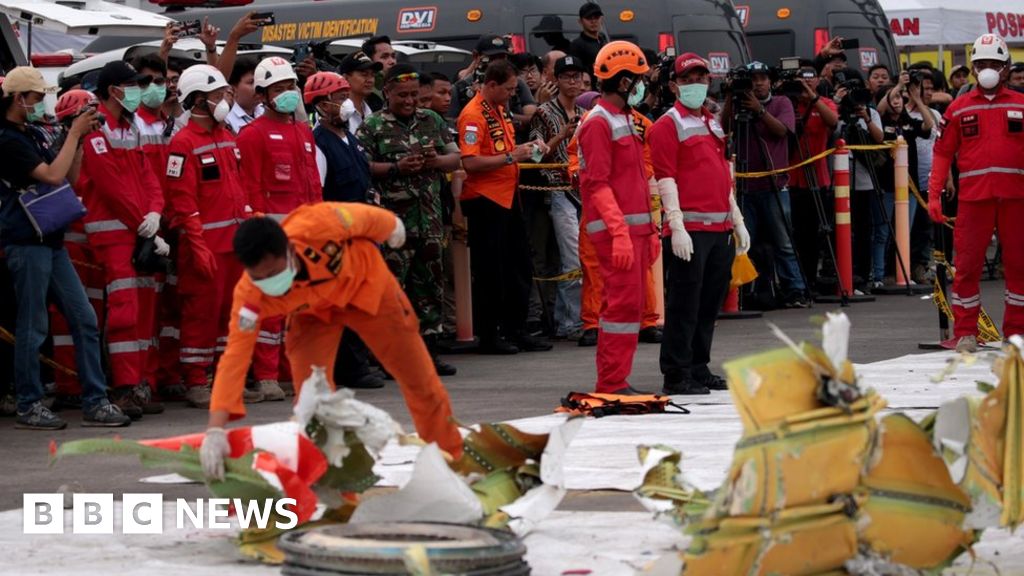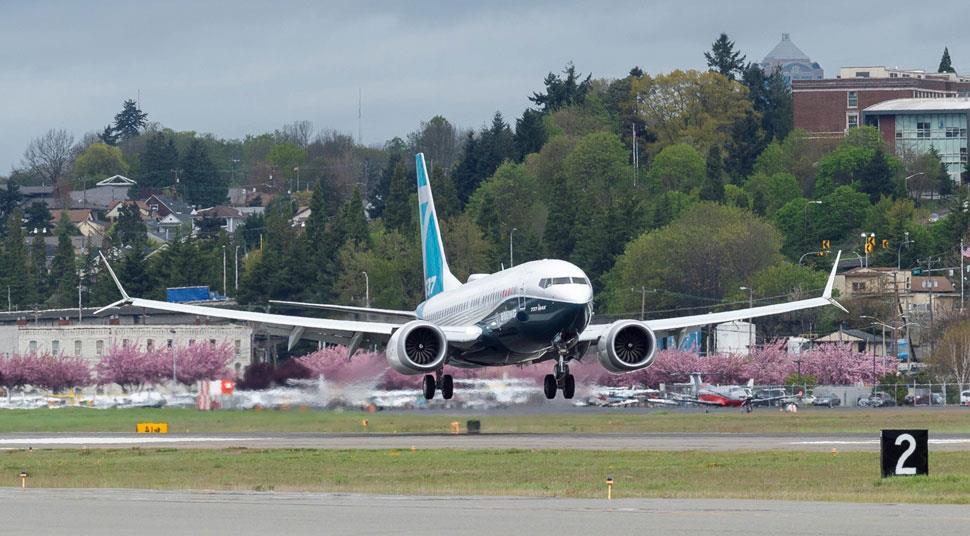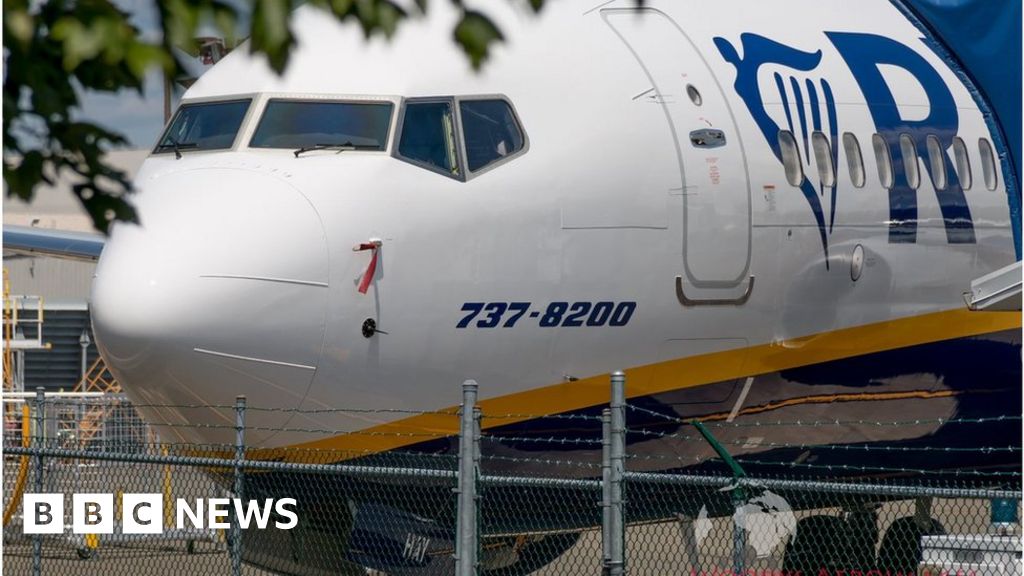- Joined
- 16 April 2008
- Messages
- 9,608
- Reaction score
- 14,503
1) is not quite correct. They added MCAS to the existing SAS system to correct a tendency to a nose-up attitude caused by the engine placement. And the effect seemed to be fairly minor -- MCAS wasn't there because the MAX aircraft were inherently unsafe with the new engines, it's there so that the MAX planes feel like they are flying the same way as the older NG aircraft. Without it, the MAX would have not had a common type rating with the older 737, meaning that crews would need more training to cross over. It's a result of economic pressure from the airlines.
2) is not at all correct. There is indeed a simple system to disengage SAS/MCAS -- two switches, which the Ethiopian crew used to successfully disable the automatic trim. One significant issue seems to be that these switches don't work quite the same way as the equivalent ones in the older 737s. Older 737s had the option to disable the automatic trim inputs without also disabling electric trim input directed by the pilots. MAX lost that functionality for reasons unclear to me, so both switches disabled the electric trim system entirely. And that's a problem because the mechanical trim wheel seems to be too hard to operate at high speeds, and the crew was unable to crank in sufficient nose-up trim by hand to recover the aircraft. (Also, MCAS switches off any time the crew inputs trim, but the timeout is fairly short, so the fact that it's been disabled can be masked by other events.)
3) is also not correct. a) MCAS is not "flying the plane," it's just providing one trim input. b) the missing annunciator would not have shown that MCAS is providing input, but that there is a disagreement between the two AOA sensors. And that seems to the real screaming problem with MCAS -- it doesn't know how to deal correctly with "AOA disagree" and sometimes makes the worst possible choice based on inputs that should be obviously incorrect. That's a problem the AOA disagree annunciator might help crews notice.
2) is not at all correct. There is indeed a simple system to disengage SAS/MCAS -- two switches, which the Ethiopian crew used to successfully disable the automatic trim. One significant issue seems to be that these switches don't work quite the same way as the equivalent ones in the older 737s. Older 737s had the option to disable the automatic trim inputs without also disabling electric trim input directed by the pilots. MAX lost that functionality for reasons unclear to me, so both switches disabled the electric trim system entirely. And that's a problem because the mechanical trim wheel seems to be too hard to operate at high speeds, and the crew was unable to crank in sufficient nose-up trim by hand to recover the aircraft. (Also, MCAS switches off any time the crew inputs trim, but the timeout is fairly short, so the fact that it's been disabled can be masked by other events.)
3) is also not correct. a) MCAS is not "flying the plane," it's just providing one trim input. b) the missing annunciator would not have shown that MCAS is providing input, but that there is a disagreement between the two AOA sensors. And that seems to the real screaming problem with MCAS -- it doesn't know how to deal correctly with "AOA disagree" and sometimes makes the worst possible choice based on inputs that should be obviously incorrect. That's a problem the AOA disagree annunciator might help crews notice.


